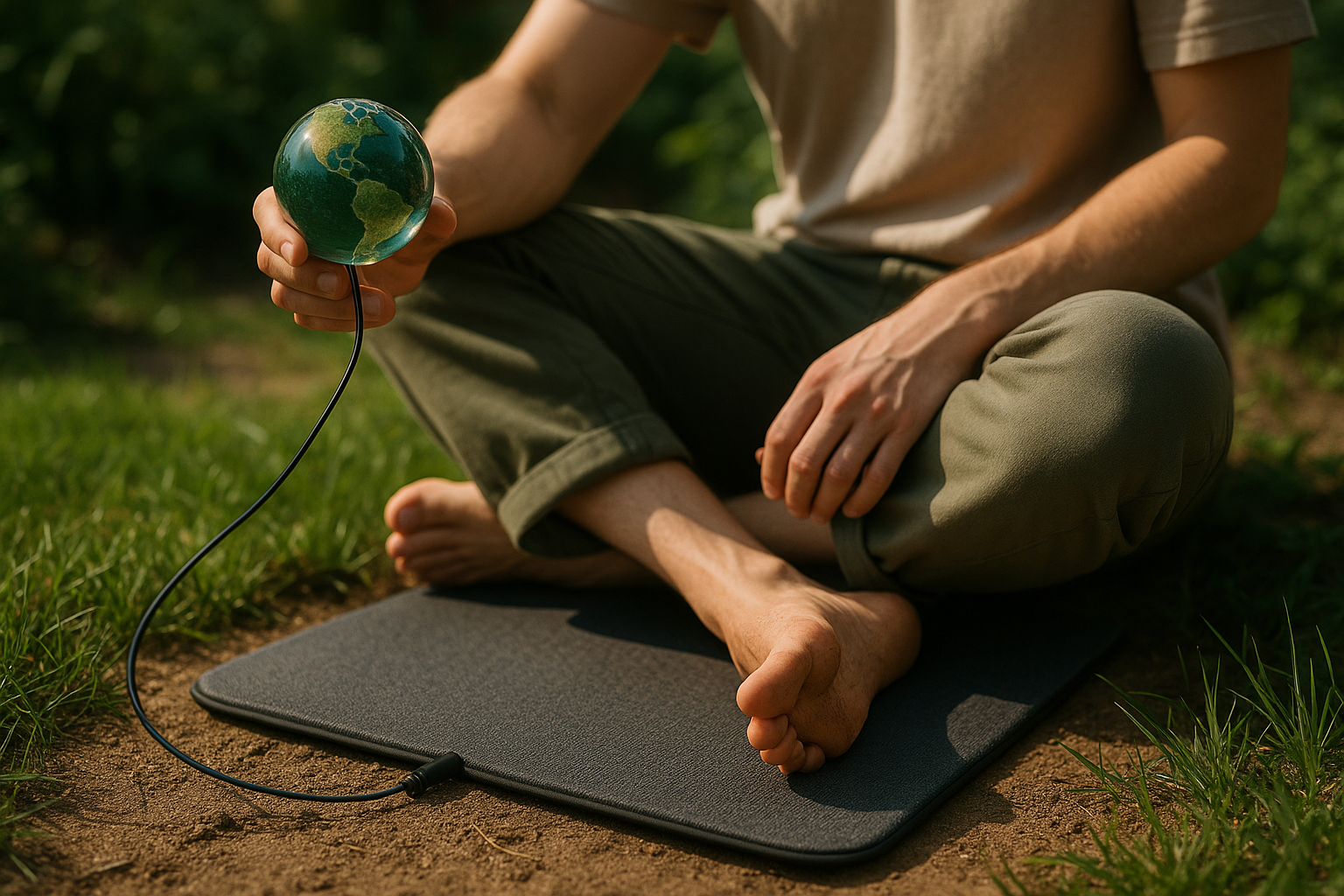Unearthing the Health Benefits of Grounding
Introduction: Have you ever found peace or stress relief simply by walking to the beach or garden? This isn't just a psychological response. It's grounded in science. Welcome to the fascinating world of "grounding" or "earthing"— a wellness approach with surprising health benefits.

A Deep Dive into Grounding
Grounding, also known as earthing, is a therapeutic technique that focuses on realigning one’s bodily energy by reconnecting with the earth’s natural electric charge. Grounding is based on the understanding that our planet has a mild negative charge. This negative charge is abundant with free electrons which can act as natural antioxidants.
The practice dates back to ancient civilizations, where people lived in direct contact with the earth, walking barefoot, and sleeping on the ground. This continuous contact is believed to have contributed to their robust health.
Over time, with advancements in technology and lifestyle changes, this direct contact with the earth diminished, leading to a disconnection from this natural electron source. This disconnection is theorized to contribute to the increase in modern diseases.
The Science Behind Grounding
The grounding theory rests on the concept that our bodies are electrical in nature. The heart, brain, nervous system, muscles, and immune system are all essentially electrical subsystems operating within a “bioelectrical” body. An unbalanced bioelectrical environment can lead to inflammation, pain, fatigue, stress, and poor sleep.
Several scientific studies have shown that grounding can improve various health conditions. In a 2000 study published in the Journal of Alternative and Complementary Medicine, it was found that grounding during sleep improves sleep and reduces pain and stress. Other studies suggest grounding can improve heart rate variability, a key determinant of heart health.
Benefits and Challenges of Grounding
Grounding provides several health benefits. These include improved sleep, reduced inflammation and pain, decreased stress, increased energy, and improved circulation. It is also believed to support adrenal health, hence helping with hormonal balance.
However, grounding also has its challenges. The primary one being the modern lifestyle itself. Many people live in high-rise buildings, wear rubber-soled shoes, and have little to no contact with the earth. In addition, skeptics question the scientific validity of grounding, arguing that more research is needed to fully understand and validate its benefits.
Grounding in Practice
Practicing grounding is simple and inexpensive. You can start by walking barefoot on the grass, sand, or dirt for at least 30 minutes a day. For those living in cities, grounding mats and sheets are available that can be used indoors, providing a similar effect.
Fascinating Grounding Facts and Tips
-
Grounding has been shown to influence the living matrix, which is the central connector between living cells.
-
Indoor grounding methods include using grounding mats, sheets, patches, and even grounding socks!
-
For maximum grounding effect, it’s ideal to have as much skin contact as possible with the earth.
-
Wet grass or sand can enhance the grounding experience as water is a potent conductor.
As we wrap up, remember that grounding, like any other health practice, should be part of a comprehensive approach to overall health. It’s not a magic bullet, but rather a tool in your wellness toolkit. While grounding has been around for centuries, it’s only now that science is beginning to understand its potential benefits. In a world where we’re increasingly disconnected from the natural world, grounding reminds us of our inherent connection to the earth—a connection that may just help us live healthier lives.




